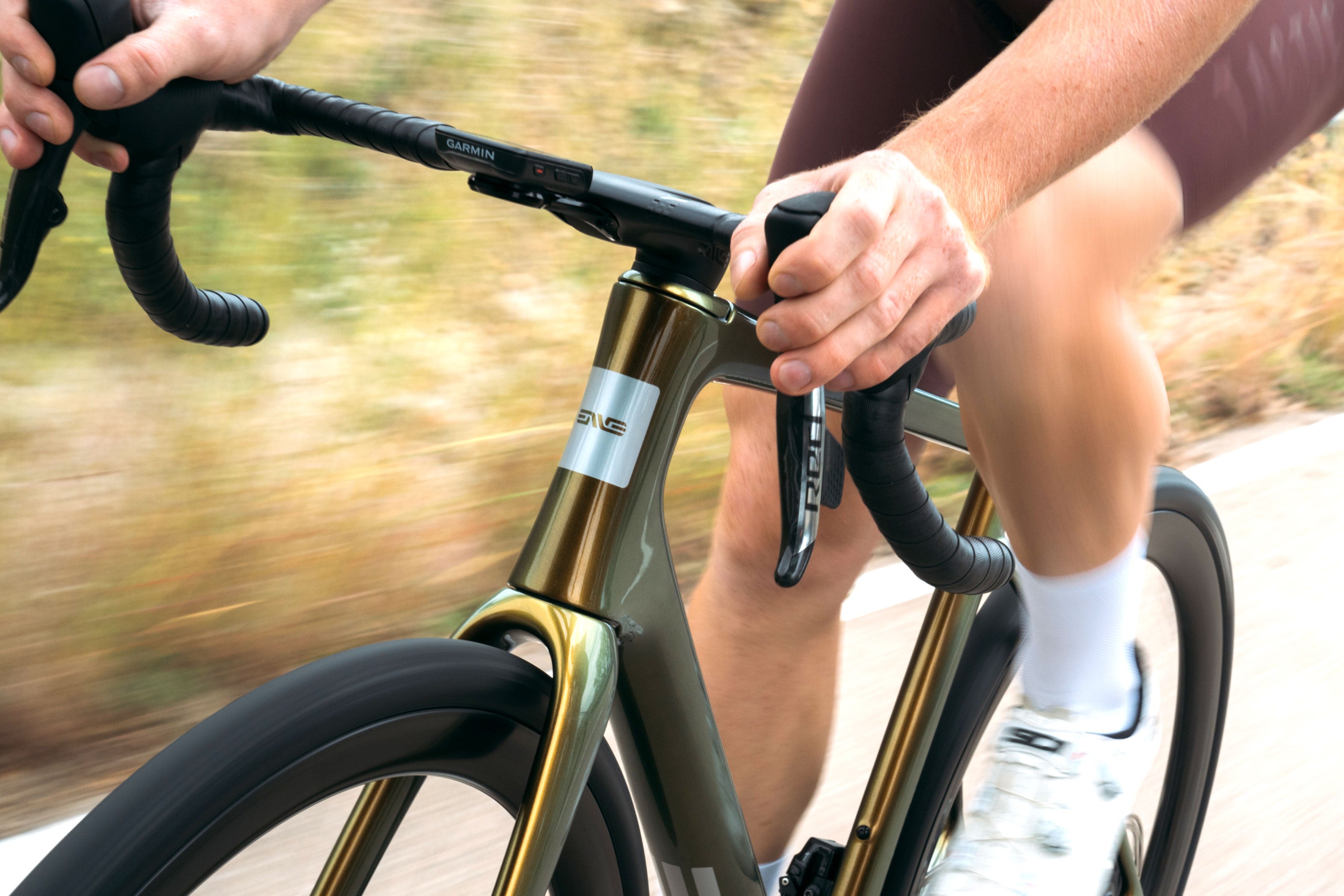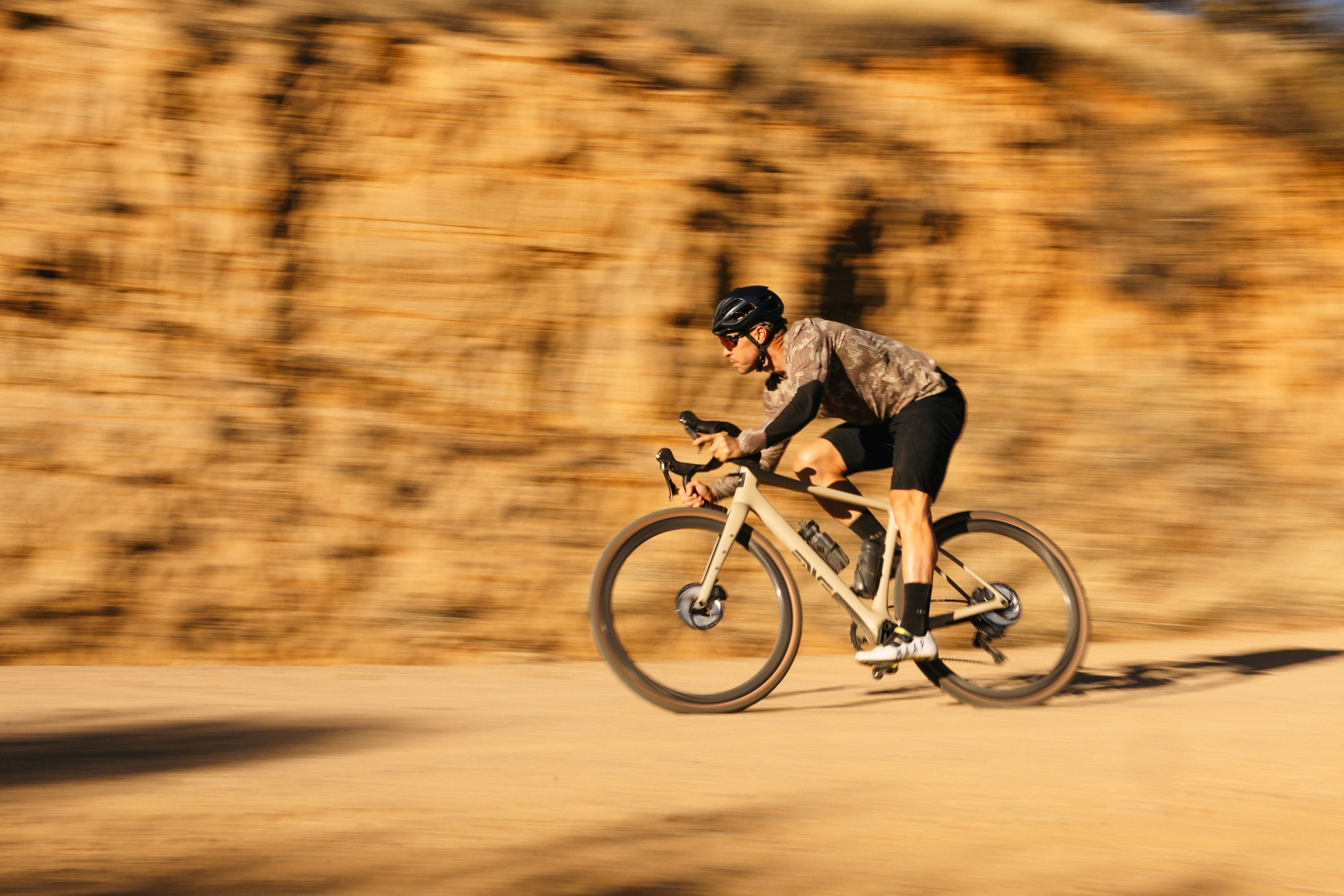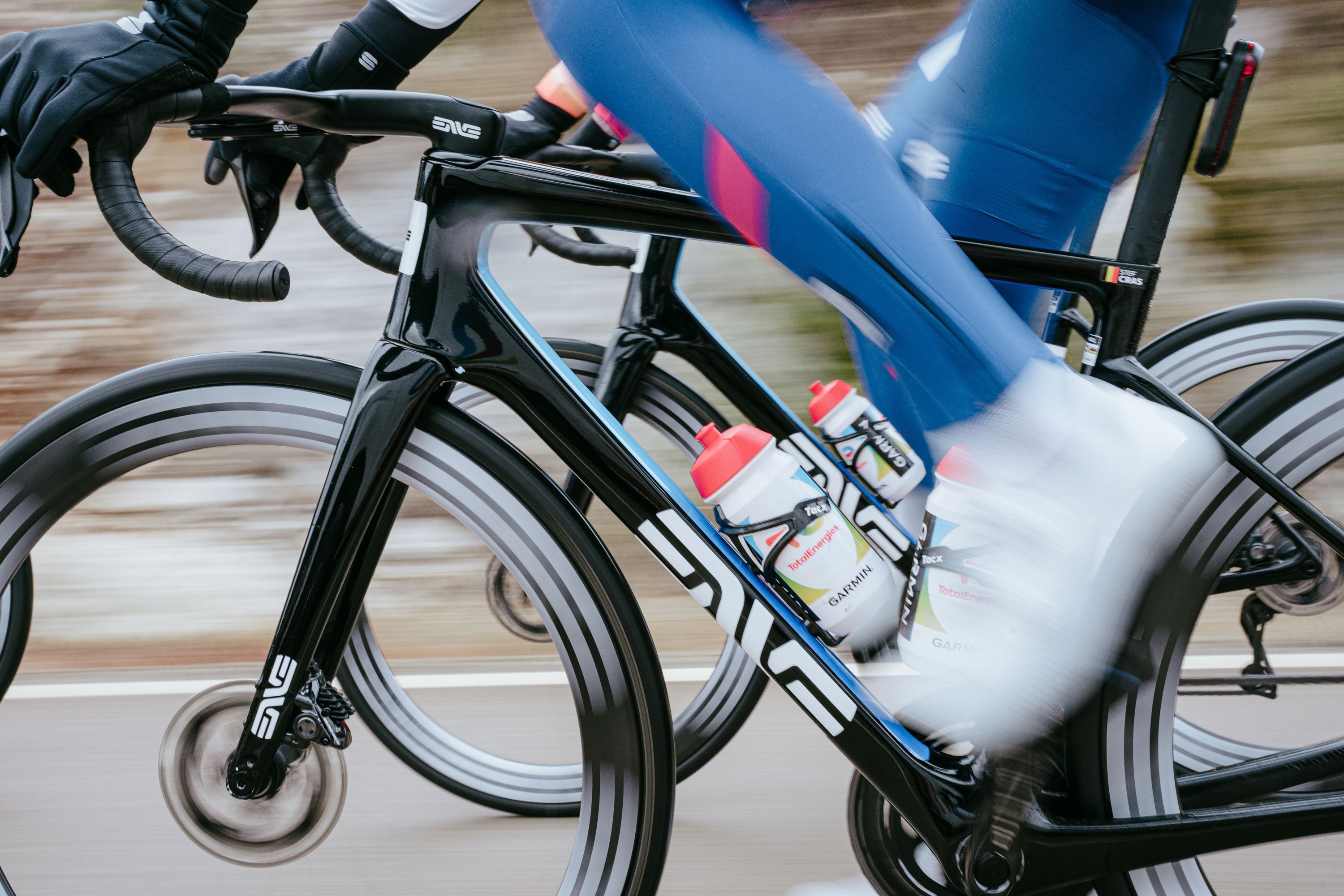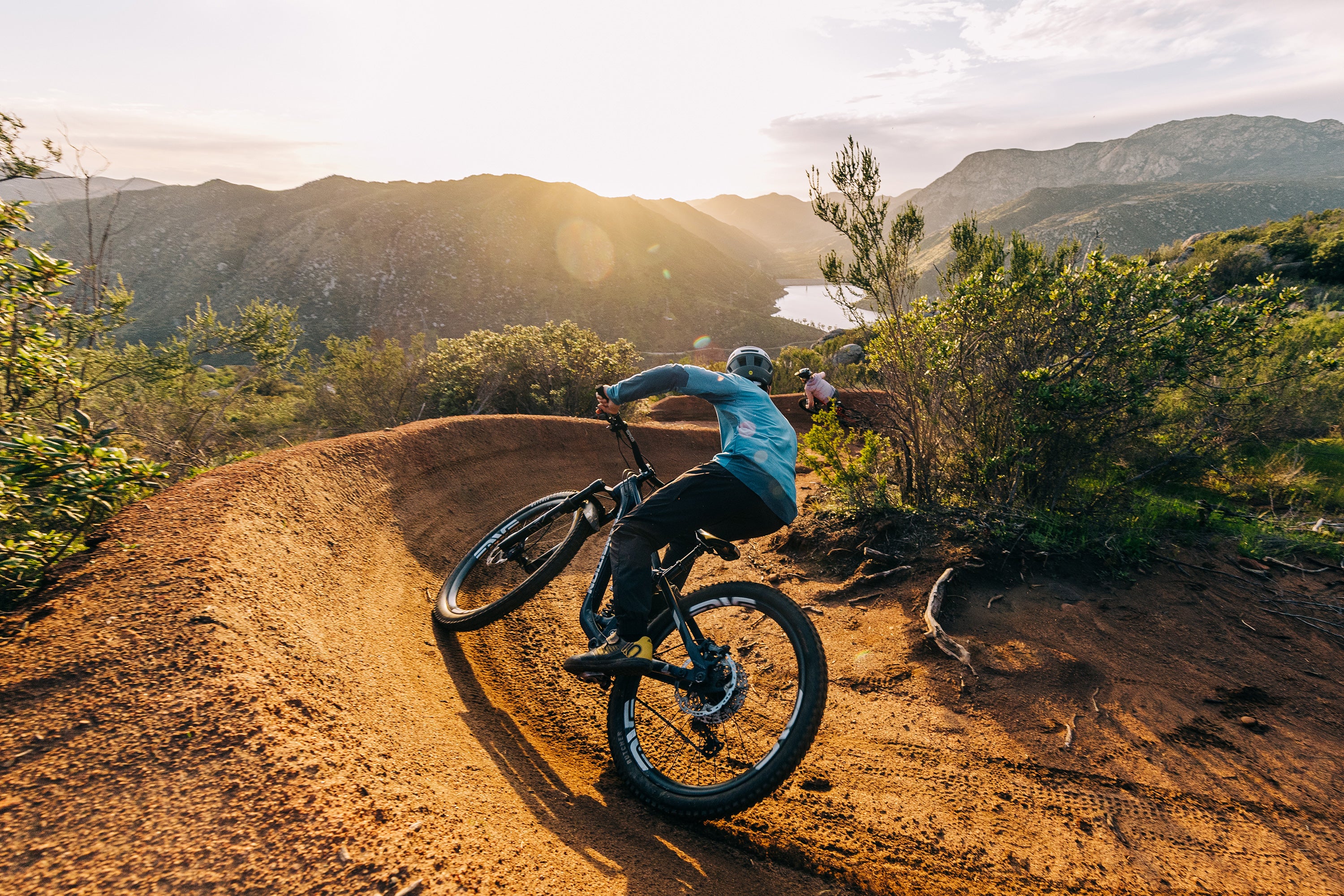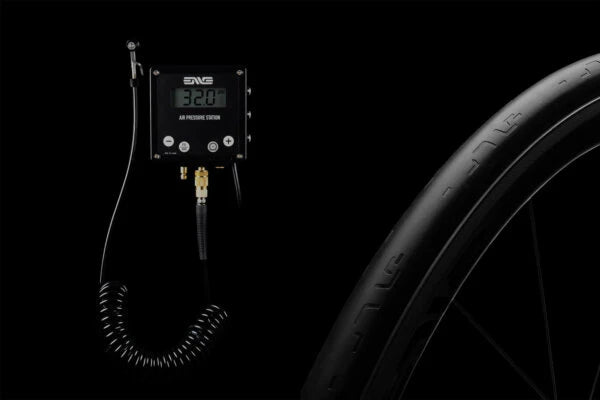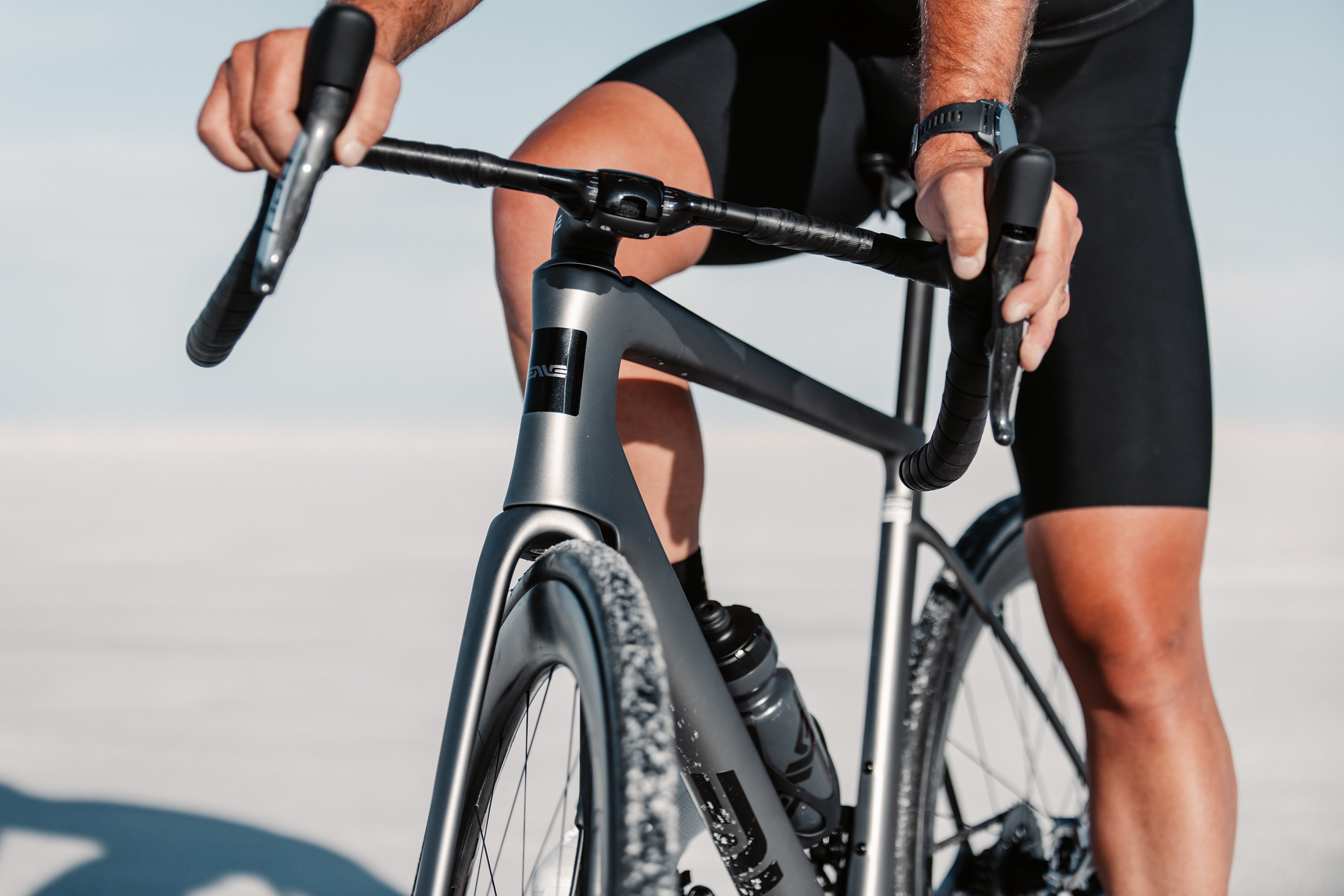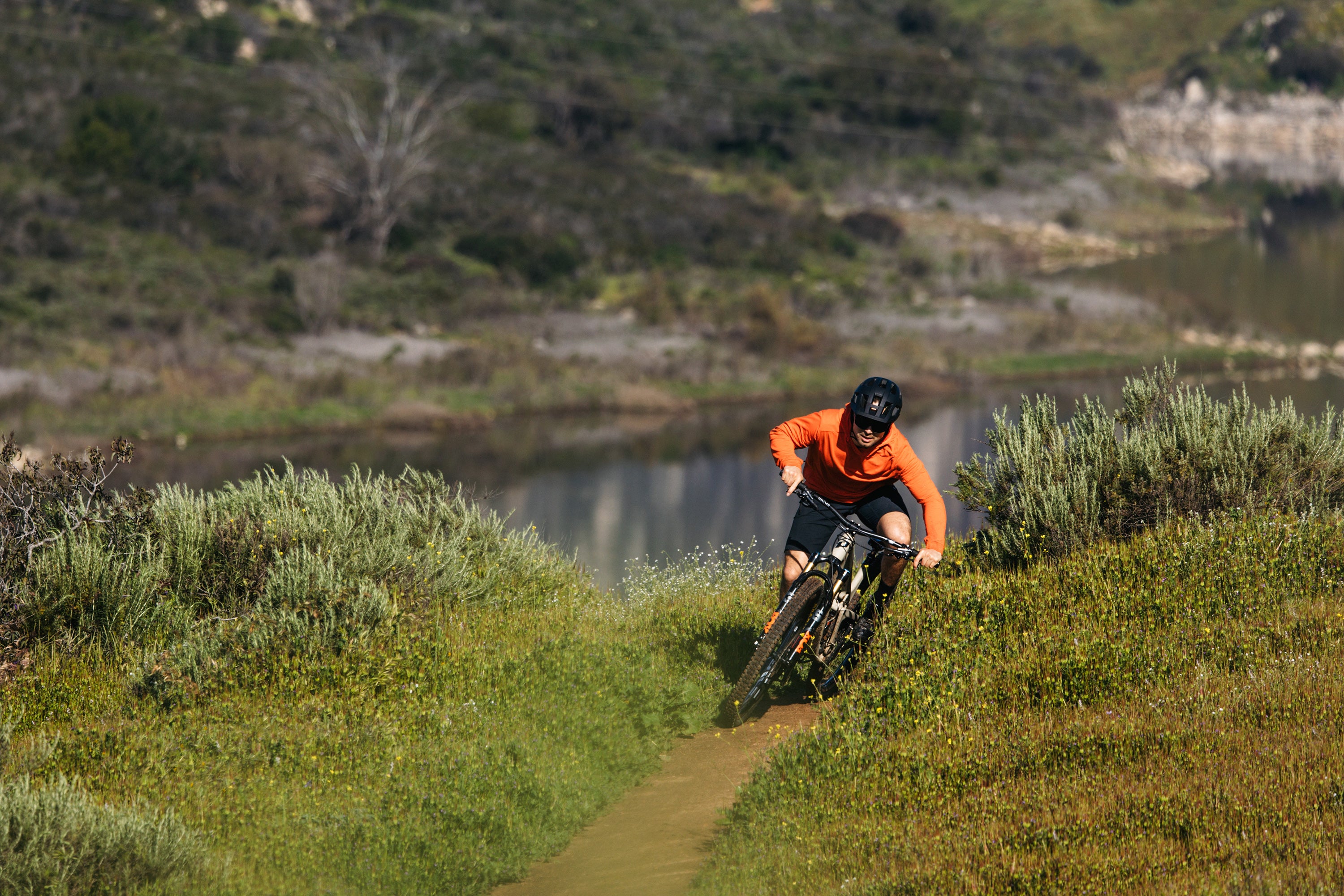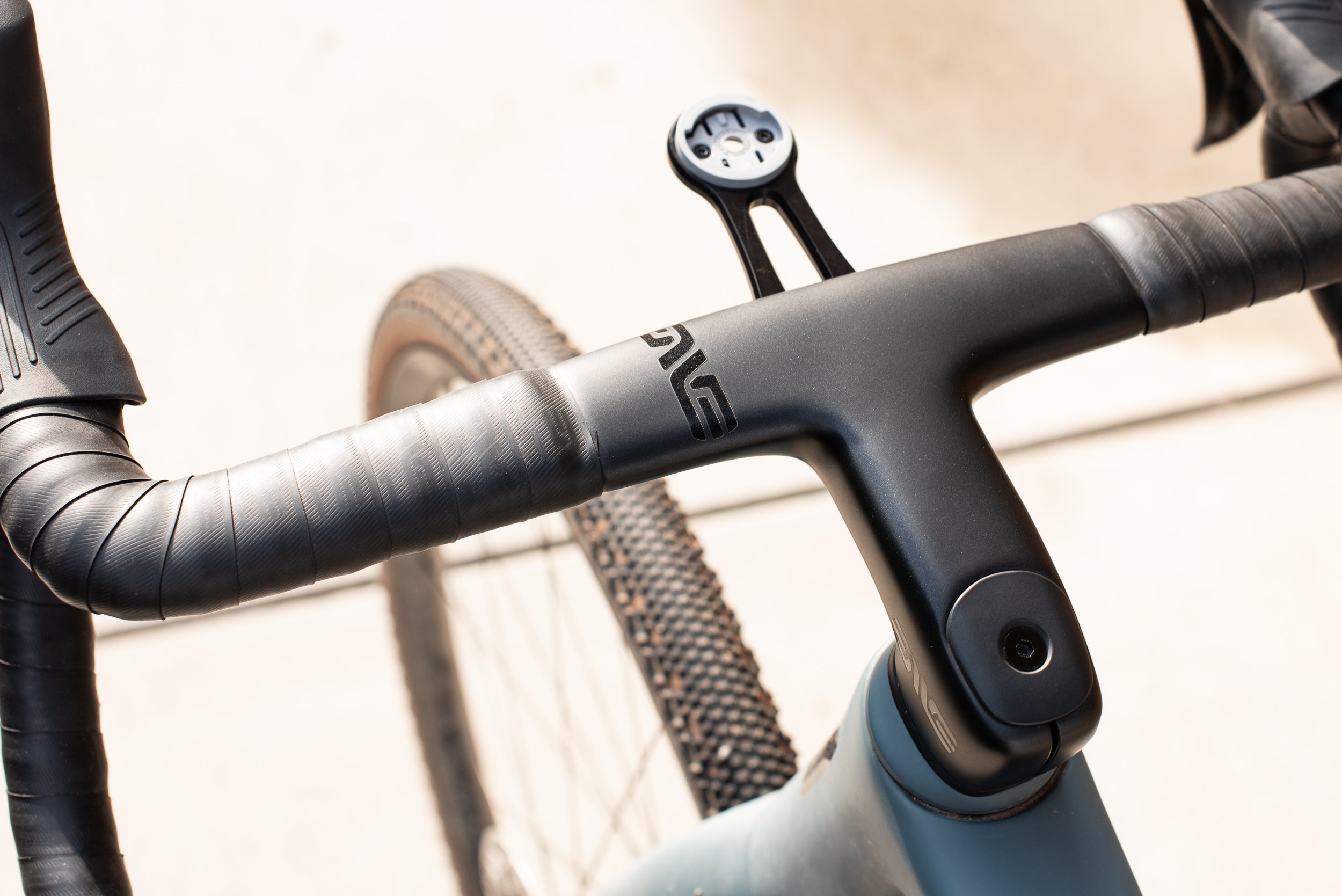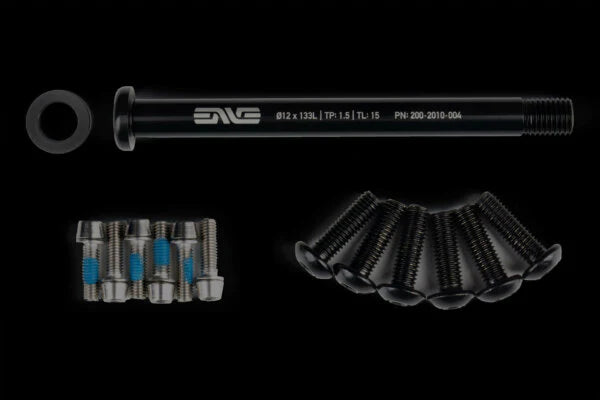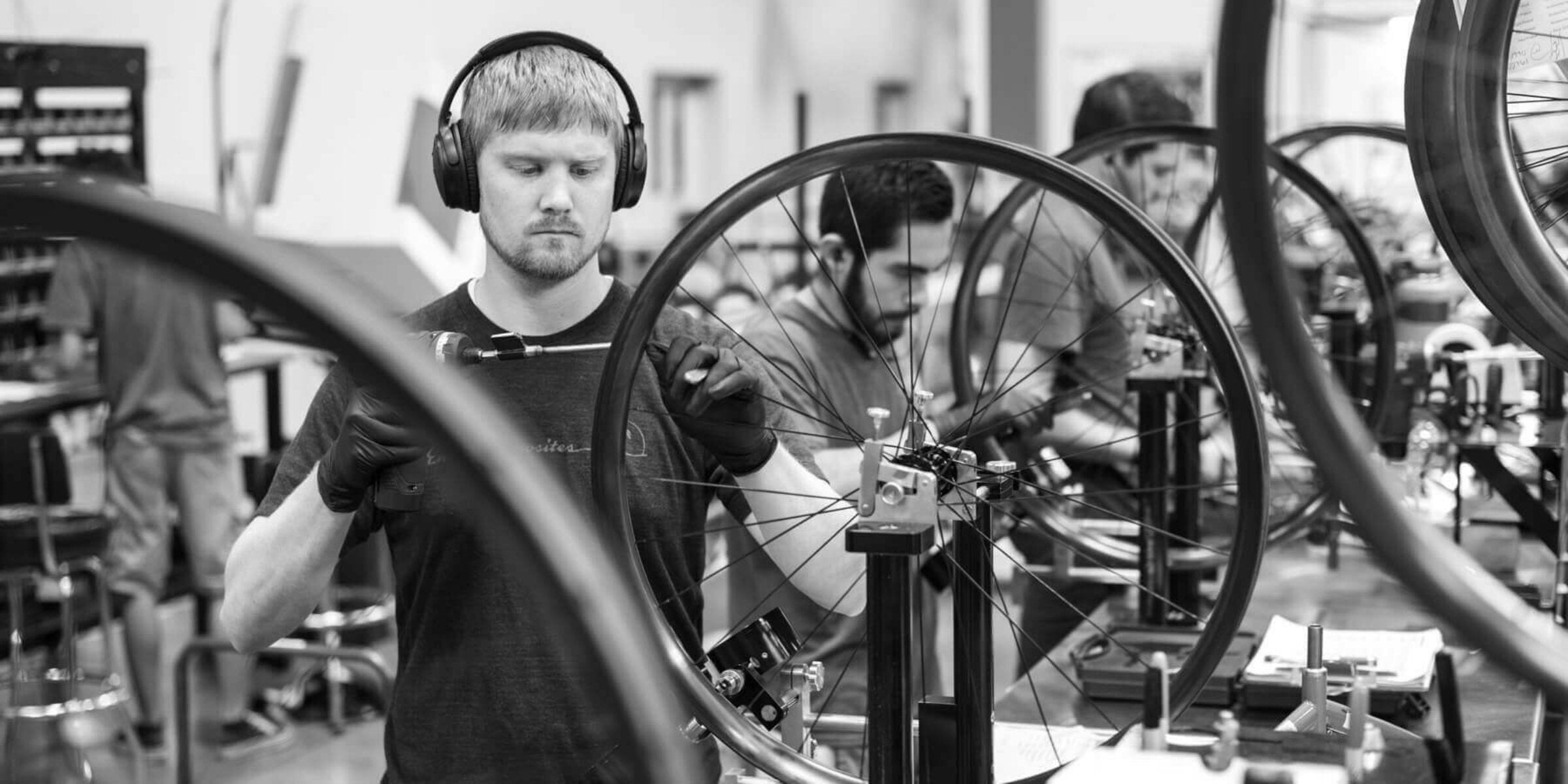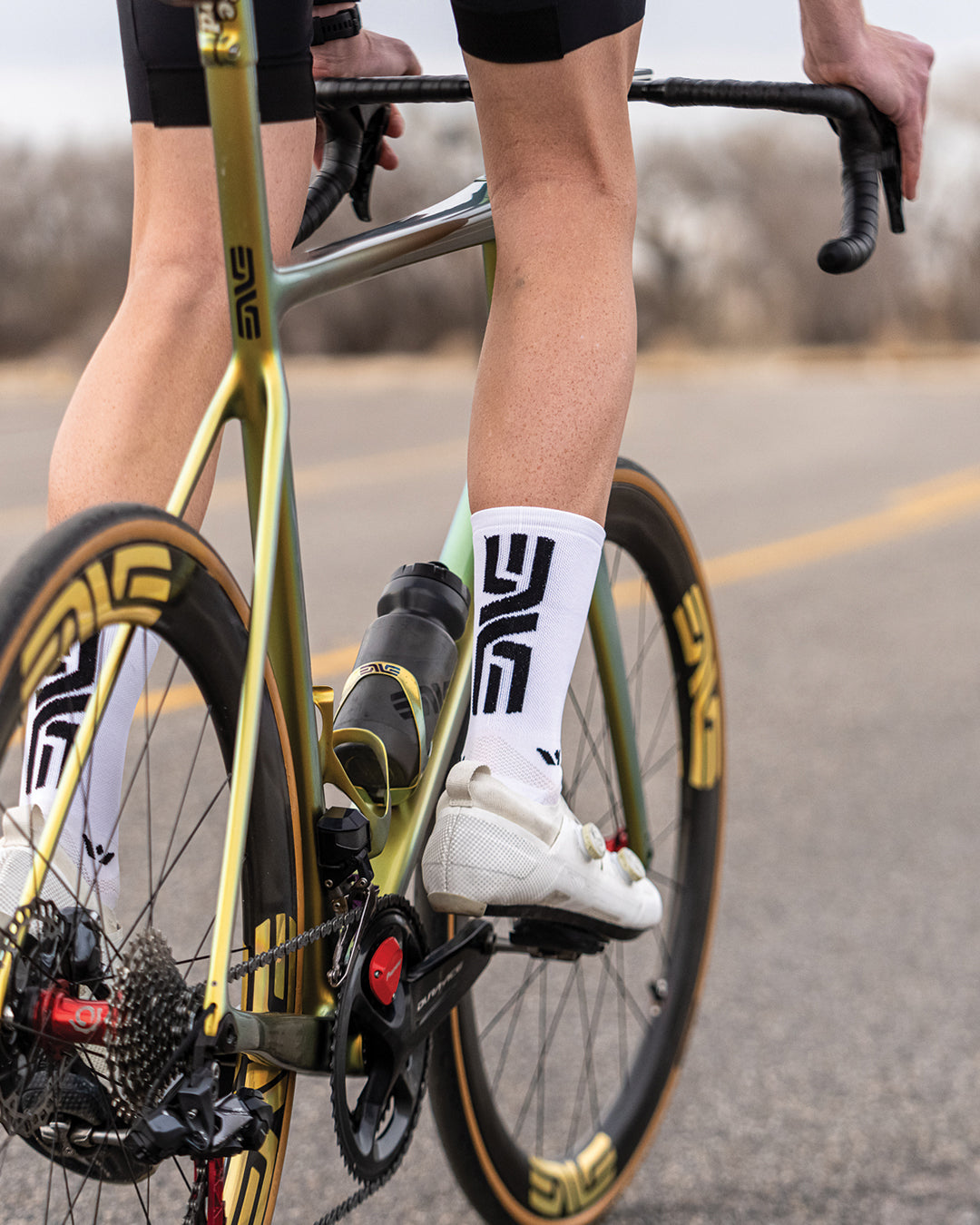Behind the Product: Smart ENVE System AR
THE AR (ALL-ROAD) EVOLUTION
In 2015 we found ourselves in an uncomfortable, but familiar situation. It was late December and we were standing on the side of Paris-Roubaix’s Arenberg sector as Team Dimension Data (then MTN Qhubeka) were putting their new ENVE wheelsets through the paces, over those brutal cobbles, for the first time. Our discomfort could be defined as a fear of the unknown, and the familiarity of the situation being that this wasn’t the first time we’d participated in product testing with the world’s best athletes over a discipline’s most challenging terrain. Indeed, this is the environment where ENVE thrives.

As the day progressed, and our wheels exceeded expectations of resilience and durability, our focus turned to the minutiae – tire pressures, lacing patterns, whether sealant should be used or not, and aerodynamics. When considering the reality that to achieve any level of confidence and comfort over the cobbles, one must run a larger volume 28-30mm tire, we realized that all the aerodynamic performance that we painstakingly designed into the rim became null and void given that the more bulbous shape of a high volume tires disrupts the airflow over a rim optimized for 25mm tires. With this, the seed was planted and we started asking questions. “What if we could aerodynamically optimize a rim for higher volume tires?” “With the design constraints of rim brake calipers removed, what can be gained?” “How much tire is too much tire?” And so on…

Back at ENVE HQ we kicked off the “wide aero rim” project. After several rounds of revisions and CFD analysis, we distilled our designs down to a few potential leaders and cut foam prototypes for evaluation in the wind-tunnel. The wind-tunnel test would either confirm or deny our findings in CFD and guide us to the final rim shapes that would need to be validated on the road.
Ultimately, the wind tunnel confirmed that our concept was not only valid, but that the compromises between a traditional volume 25mm tire and a high volume 28mm tire were nearly immaterial in terms of aero performance with the optimized prototype rim shapes.
While it was product testing with a World Tour team that inspired the concept, it was our personal ride experiences that opened our minds to the potential of the concept.
Back at ENVE HQ we kicked off the “wide aero rim” project. After several rounds of revisions and CFD analysis, we distilled our designs down to a few potential leaders and cut foam prototypes for evaluation in the wind-tunnel. The wind-tunnel test would either confirm or deny our findings in CFD and guide us to the final rim shapes that would need to be validated on the road.
Ultimately, the wind tunnel confirmed that our concept was not only valid, but that the compromises between a traditional volume 25mm tire and a high volume 28mm tire were nearly immaterial in terms of aero performance with the optimized prototype rim shapes.
While it was product testing with a World Tour team that inspired the concept, it was our personal ride experiences that opened our minds to the potential of the concept.
THE FUTURE OF ROAD RIDING
Poet Victor Hugo said, “There is nothing more powerful than an idea whose time has come.”
From the first pedal strokes, it was clear that we had lighted upon something special. While the tire volume was imposing compared to conventional wheel and tire combinations, the feel on the road was inspirational. Rough sections of energy sapping road now felt smooth and fast, more rubber on the road enhanced grip and therefore confidence in the corners, and surprisingly, the most aggressive cross winds now felt more subdued than ever before, a welcome result of the wider rim and tire profile.
The SES AR concept wasn’t just a solution for professionals racing on the cobbles, it was the solution for the future of road cycling.
In 2015, road bikes with disc brakes that had clearance for a 28mm tire were nearly non-existent. As such, when the SES 4.5 AR was launched in April of 2016, the market greeted it with excitement but limited uptake because the modern road bike was still on the drawing board. However, with the road disc brake and tubeless road tire revolution gaining momentum, all the right pieces were falling in place for the introduction of what we had started referring to as the AR wheel concept.
What do disc brakes have to do with it?
Do to the clearance requirements of modern rim brake calipers, a rim must be within a certain width, generally 28mm or less, for the brake caliper to not interfere with the rim and ultimately function. In order to achieve meaningful aero performance with a 28mm road tire, the rim itself needs to be as wide as or wider than the tire to ensure air flow attachment and consequent aerodynamic gains. With the introduction of disc brakes to road bikes, these limitations are removed allowing for real innovation in rim design.
Where rim brakes required tight clearance models and interrupted airflow around the fork crown, disc brakes allow the rim and frame surfaces ample breathing room for more refined airflow.

And tubeless road tires?
There are many reasons why tubeless road tires matter in the evolution of the road bike and our ability to deliver the AR wheel concept. First, tire manufacturers have evolved as well, improving their craft to the point that arguably, their tubeless road tires are the highest performing tires in their offering. One quick look at the pro peloton or professional triathlon will show that when it comes to maximum speed, the world’s best choose tubeless. Why? A performance oriented tubeless tire generally offers lower rolling resistance, better ride feel, and improved puncture resistance. For ENVE and our mission to create a better ride experience, high volume tubeless road tires allow us to employee a hookless bead design in the rim which allows for a more refined interface between the tubeless tire and rim, further improving aerodynamic efficiency, cross wind stability, and system reliability.

THE FUTURE IS NOW
Since the introduction of the SES 4.5 AR in 2016, the wheel has steadily picked up steam to the point that it is now our number one selling wheel in North America and our fastest growing wheel in other markets around the globe. Why? The bikes are here, and the AR ride experience is spreading like wildfire. In three short years, the bike industry has virtually shed itself of the rim brake equipped road bike and tire clearances of world tour race bikes have evolved from barely accommodating a 25mm tire to prescribed max clearances of 32mm. If you pay attention to the Spring Classics this year, you’ll see that the days of “classics” bikes are gone with nearly all teams rolling the same bikes they’ll use in this season’s grand tours.
For everyone else, AR means a more enjoyable ride experience highlighted by leading aerodynamic performance, cross wind stability, rolling resistance, and handling confidence over all road conditions in all-weather scenarios.
Expansion of the SES AR Line
The SES 4.5 AR was the first of its kind delivering holistic real world performance around the 28mm tubeless tire platform. Since its launch in 2016, our customers have been requesting a “shallow AR,” and our response to this request is the expansion of the SES AR line to include the all new SES 3.4 AR.

Who’s the SES AR wheel line for?
One of, if not the most common question we receive from our prospective and current customers is whether a standard SES or the SES AR should be their next wheelset. Given that the performance differential between an SES and SES AR wheelset is so close the decision has much more to do with a rider’s goals and style vs. data. To determine if an SES AR wheelset is for you, here is a guide that assists in the decision making process.

Generally speaking we would say that if you are a current or aspiring professional racer, then our standard SES wheel line which is optimized around 25mm tires is probably the best choice for your riding style. For everyone else, we’d suggest switching to an SES AR wheelset with 28mm tires. You’ll never look back.
SES 3.4 AR VS. SES 4.5 AR
Once someone has identified themselves as an AR customer the next question inevitably lands on which of the SES AR wheel models will best meet the rider’s needs?
Aerodynamics – In terms of pure drag reduction, the SES 4.5 AR takes the nod as a result of its 49mm front and 55mm rear rim depths compared to the SES 3.4 AR’s rim depths of 39mm for the front and 43mm in the rear. So rider’s looking for maximum aero efficiency over flat to rolling terrain will likely be happiest on the SES 4.5 AR.


Stability – When we speak of stability, we are referring to a wheels ability to remain calm and composed in variable cross winds. We have spent countless hours refining this one aspect of all SES wheels and take great pride in knowing that ENVE rims regardless of depth deliver best in class, confidence inspiring stability. However, within the SES wheel line and now specifically within the SES AR lineup some wheels perform better than others in this aspect. In this case, the SES 4.5 AR takes the cake as the not only the most stable SES AR wheelset, but arguably the most stable wheelset in the entire SES lineup. While counter to the conventional belief that shallow always equals more stable, the reality is that a deeper rim like the SES 4.5 AR can deliver better stability because the additional depth of the rim allows air to maintain flow longer and minimizing the disruption in handling when the air flow separates. In addition, the additional width of the SES AR wheels further aids in maintaining the wheels composure in aggressive crosswinds. That said, we’re being extremely picky here, the takeaway is that if you’ve been terrified on a wheel deeper than 40mm in the past, don’t immediately discount the SES 4.5 AR and opt for the shallower SES 3.4 AR. Stability has much more to do with rim design than rim depth.
Weight Savings – Here’s where having a shallower rim results in a performance advantage. The SES 3.4 AR is light. Using our disc brake specific rim construction, we are able to produce rims that are light weight without compromising durability and toughness. Despite the increase in rim width to 31.5 vs. the 27.5 width of the standard 3.4 Disc the SES 3.4 AR maintains a nearly identical weight and is among the lightest rims we’ve produced to date for road riding.
While both SES AR wheelsets are inherently lightweight, the SES 3.4 AR is the wheelset we’re taking with us on long days in the mountains.


Pinch Flat Protection – If you’re someone who hates flat tires, tubeless is for you. While tubeless tire and rim systems certainly help reduce the number of flat tires, the performance driven trend towards higher volume tires with supple casings using lower tire pressure means it is relatively easy to pinch flat your tubeless road tire. To reduce the likelihood of pinch flats, the SES 3.4 AR features a technology borrowed from our M Series mountain wheel line called the Wide Hookless Bead. As the name states, the SES 3.4 AR features a wider than normal leading edge that provides a blunt surface for the tire to bottom out against in the instance you smack an unseen pothole or object during a ride.


Time and again, this technology has proven to preserve the tire when other designs pinch flat. Given that the SES 3.4 AR features this technology, this wheel is extremely versatile making it an excellent choice for mixed surface road riding and racing like the Belgian Waffle Ride.
SUMMARY
The dawn of the modern road bike has arrived and ENVE played a small role in ushering it in by proving that aero performance and the associated benefits high volume tires provide don’t have to be mutually exclusive. What started as a crazy concept, that we called AR, now defines road riding.
Road riding has never been so much fun.



